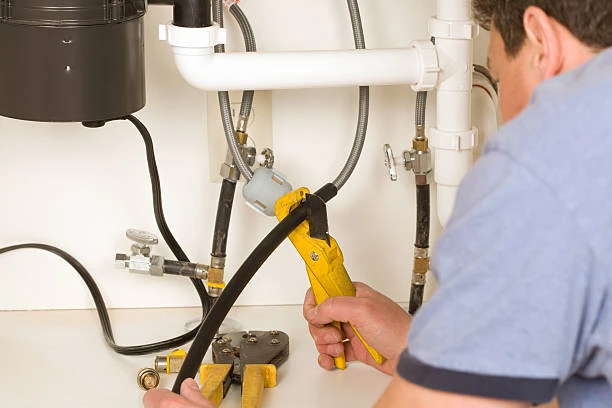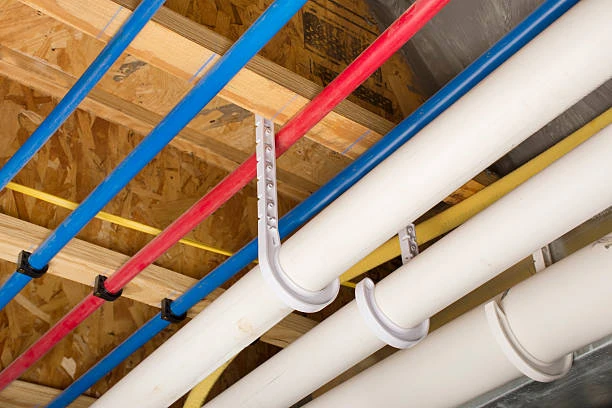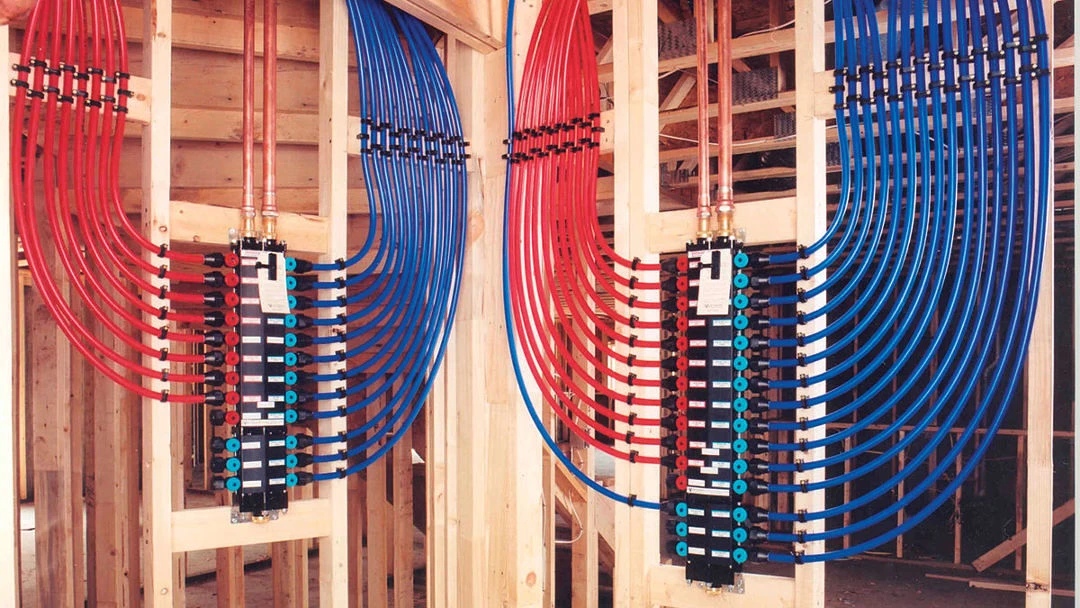The plastic pipes industry has been impacted, with plastic pipes makers facing pressure to maintain profitability amidst economic uncertainty. In this article, we explore how the Omicron variant and related stressors are affecting the performance of plastic pipe manufacturers in the near term.
Understanding the Plastic Pipes Market
What Are Plastic Pipes?
Various industries widely use plastic pipes, especially in plumbing, water distribution, drainage, and irrigation systems. Manufacturers make these pipes from materials like PVC (polyvinyl chloride), HDPE (high-density polyethylene), and PEX (cross-linked polyethylene), and they favor them for their durability, cost-effectiveness, and ease of installation.
Experts generally see the market for plastic pipe makers as stable due to the ongoing need for infrastructure upgrades, especially in developing economies. As cities and towns grow, so does the demand for efficient plumbing and water distribution systems.
Growth Trends and Market Projections
Before the pandemic, analysts expected the plastic pipe market to experience steady growth, driven by increasing urbanization, water management needs, and infrastructure projects worldwide.
However, this growth has been hindered by short-term disruptions. Factors such as factory shutdowns, labor shortages, and logistical bottlenecks have created a challenging environment for plastic pipe makers. The rise of the Omicron variant has added further pressure, causing a potential slowdown in production capacity and supply chain logistics.
Omicron Stress on Plastic Pipes Makers
Labor Shortages and Workforce Disruptions
The Omicron variant has led to a renewed wave of infections in many countries, causing significant disruptions to the workforce. In many cases, workers in essential sectors like manufacturing, including those in the plastic pipe industry, have had to quarantine or isolate due to exposure. This has led to labor shortages, which in turn, disrupt production schedules and affect the timely delivery of goods.
As plastic pipes makers rely heavily on skilled labor, any disruption to the workforce can have a direct impact on manufacturing output.
Supply Chain Challenges
Alongside labor shortages, plastic pipe makers are grappling with ongoing supply chain issues. The pandemic has already strained global supply chains, and the Omicron variant has only exacerbated the situation. Plastic pipe makers rely on a steady supply of raw materials, such as PVC resin, HDPE, and other essential components.
With raw materials being delayed or priced at higher rates, manufacturers face higher operational costs. This shortfall can lead to delays in production and increase the overall cost of manufacturing.
Increased Costs for Plastic Pipes Makers
The combined effects of labor shortages, supply chain disruptions, and raw material price increases are putting upward pressure on the costs of production for plastic pipe makers.
As a result, plastic pipe manufacturers are faced with the difficult decision of whether to absorb these costs or pass them on to customers.
The Impact on Long-Term Market Growth
The immediate stress caused by the Omicron variant may temporarily slow down the growth of the plastic pipe market, especially for manufacturers who rely on the construction and infrastructure sectors.
However, the longer-term outlook for the industry remains positive, driven by ongoing infrastructure needs, environmental initiatives, and urbanization. Plastic pipe makers will need to weather the current disruptions in order to capitalize on these long-term trends.

Strategies for Plastic Pipes Makers to Mitigate Risks
Diversification of Supply Chains
To mitigate the impact of supply chain disruptions, plastic pipe makers should consider diversifying their sources of raw materials and suppliers.
These strategies can help protect against some of the fluctuations in cost and supply that have affected the industry.
Automation and Technology Investments
Investing in automation and advanced manufacturing technologies can help plastic pipes makers improve efficiency and reduce reliance on manual labor. Automated systems can also help offset the impact of workforce disruptions due to the Omicron variant or future pandemics.
Furthermore, technology can be leveraged to enhance supply chain management.
Adjusting to Changing Market Conditions
Plastic pipes makers will also need to remain agile and adaptable in response to the evolving market conditions.
Conclusion in Plastic pipes makers
The rise of the Omicron variant has put additional pressure on the already-stressed plastic pipe industry.
For plastic pipes makers, the key to surviving and thriving in this environment will be resilience, adaptability, and strategic investments in technology and supply chain diversification.
Frequently Asked Questions (FAQs)
1. How is the Omicron variant affecting the plastic pipe industry?
The Omicron variant has caused labor shortages, supply chain disruptions, and increased material costs, putting pressure on the production and profitability of plastic pipe makers.
2. Why are raw material prices for plastic pipes rising?
Raw material prices are rising due to supply chain issues, high demand in other industries, and logistical bottlenecks, all of which have been exacerbated by the pandemic.
3. Are there alternative materials to plastic pipes?
Yes, alternatives like PEX (cross-linked polyethylene) and HDPE (high-density polyethylene) are used in some applications, but plastic pipes remain the most cost-effective option for many infrastructure projects.
4. Will plastic pipe demand recover after the Omicron wave?
Yes, the long-term demand for plastic pipes is expected to remain strong, driven by infrastructure growth, water management needs, and sustainable building practices.
5. How can plastic pipe makers mitigate the impact of supply chain disruptions?
By diversifying suppliers, investing in automation, and enhancing supply chain management through technology, manufacturers can better navigate supply chain disruptions and improve efficiency.


















